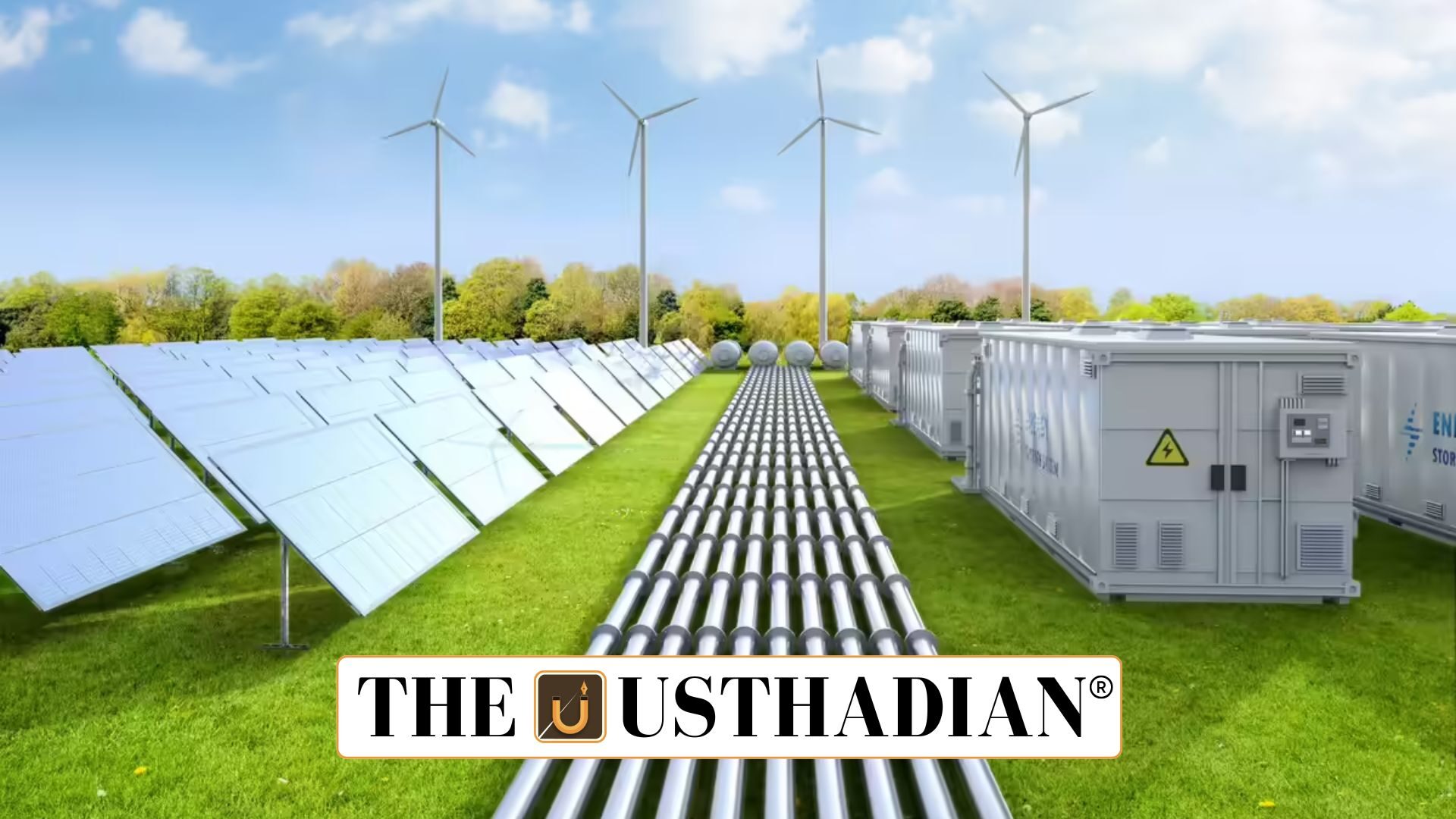India’s big clean energy push
India Moves Towards 70 Percent Round-the-Clock Clean Electricity: India is preparing to meet 70% of its commercial and industrial electricity demand through round-the-clock (RTC) clean energy by 2030. This will ensure power supply every hour of the day from zero-carbon sources such as solar, wind, and battery storage.
A new report by TransitionZero, a global climate analytics non-profit, highlights how 52 GW of RTC capacity could supply 5% of national electricity demand. It would also save the grid up to ₹9,000 crore annually.
How RTC electricity works
Unlike annual renewable energy matching, RTC electricity ensures clean energy every hour, not just over the year. It closely aligns power consumption with generation, leading to true decarbonisation.
This method supports India’s energy transition by cutting emissions while delivering reliable power for industries that need electricity 24/7.
Static GK fact: India’s total installed power capacity crossed 420 GW in 2023, with over 180 GW from non-fossil fuel sources.
Cost-effective carbon reduction
Adopting RTC clean electricity at 70% hourly matching can reduce emissions by 2.4%, over twice the reduction achieved by annual matching. If 100% RTC matching is achieved, emissions can drop by 7%.
The cost of carbon abatement through RTC is also much lower—about three times cheaper than annual matching. This makes it a smarter option for grid operators and energy planners.
Benefits for energy-intensive sectors
Industries like steel manufacturing and data centres need continuous electricity. RTC electricity is ideal for them. States like Maharashtra, which houses the largest data centre cluster, will benefit as demand rises alongside climate vulnerabilities.
By ensuring hourly clean energy access, these industries can meet their sustainability goals while improving grid resilience.
Static GK tip: Maharashtra is India’s leading industrial state, contributing nearly 15% of national GDP.
Role of solar and storage
RTC energy solutions depend heavily on solar and wind energy, supported by battery storage. 4-hour lithium-ion batteries are most commonly used due to their cost-efficiency and availability.
To support each megawatt (MW) of solar energy, about 2 megawatt-hours (MWh) of battery storage is required. Though long-duration energy storage (LDES) exists, it is currently limited due to higher costs.
Supporting grid and market reforms
RTC electricity promotes least-cost grid planning, offering economic and operational advantages. It can also avoid risks seen in Europe where inflexible renewable planning caused price drops and lower PPA returns.
Flexible RTC-based procurement will strengthen the market for renewable energy PPAs and support grid reliability in the long term.
Policy reforms and the global shift
The Greenhouse Gas Protocol is updating its Scope 2 guidance to encourage hourly emissions tracking. This makes RTC energy crucial for ESG-compliant companies.
TransitionZero suggests introducing clear policy signals and market flexibility to promote RTC adoption across India. This aligns with India’s 2030 vision of achieving 500 GW non-fossil fuel capacity.
Static GK fact: India pledged under COP26 to meet 50% of energy needs from renewable sources by 2030.
Static Usthadian Current Affairs Table
India Moves Towards 70 Percent Round-the-Clock Clean Electricity:
| Topic | Detail |
| RTC electricity | Clean energy matched hourly with consumption |
| Emission savings | 2.4% at 70% RTC, 7% at 100% RTC matching |
| TransitionZero report | Recommends 52 GW RTC capacity by 2030 |
| Annual grid savings | Estimated ₹9,000 crore |
| Battery storage need | 2 MWh per 1 MW of solar power |
| Preferred battery type | 4-hour lithium-ion batteries |
| Maharashtra advantage | Largest data centre hub and high demand |
| Policy shift | GHG Protocol to prefer hourly tracking |
| National clean energy goal | 500 GW non-fossil fuel capacity by 2030 |
| Industrial beneficiaries | Manufacturing, data centres, heavy industry |








